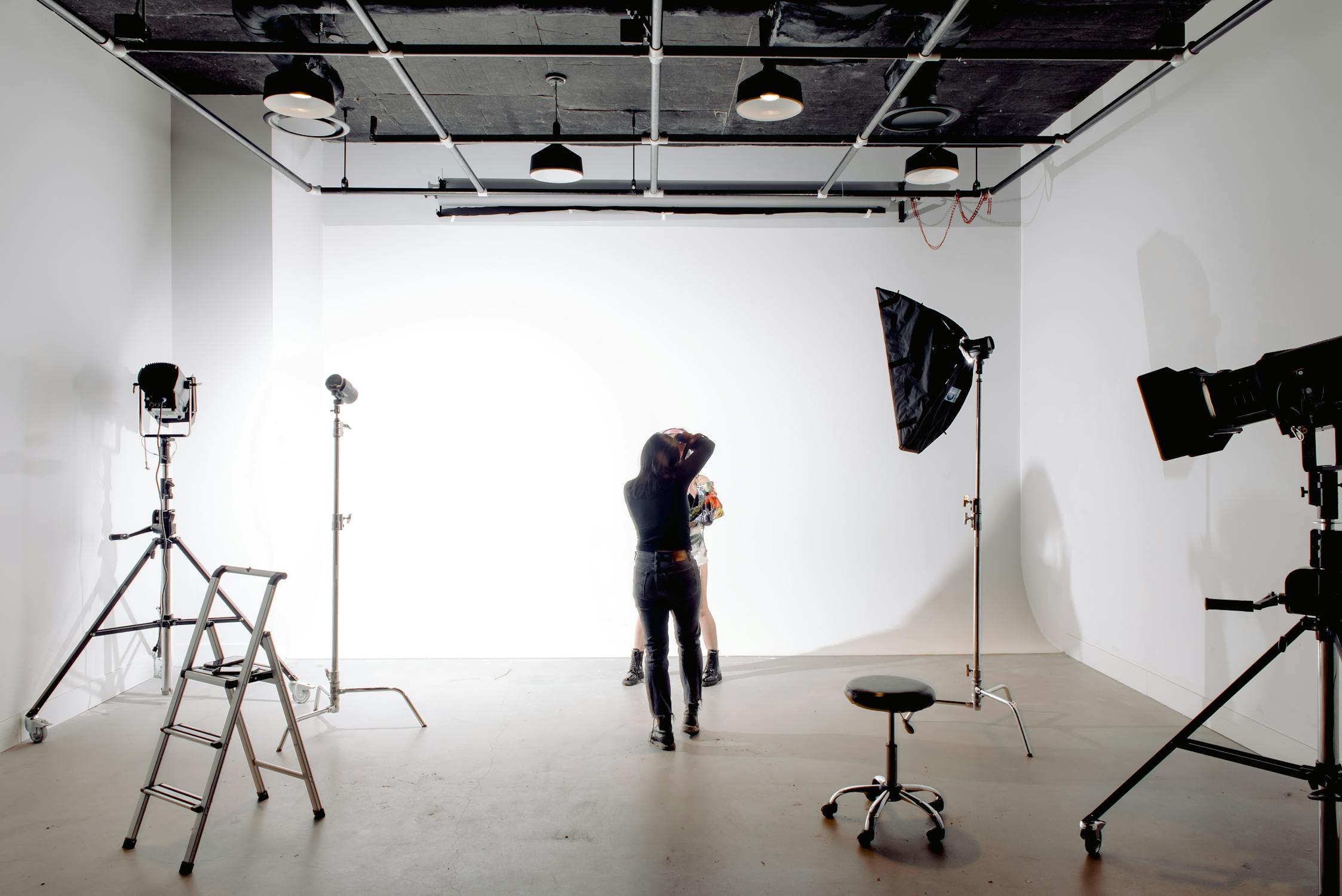Mastering Indoor Portrait Photography
Portrait photography is an art that captures the essence of a person, freezing a moment in time. Mastering this skill indoors can be particularly challenging due to limited natural light and confined spaces. However, with the right techniques and tools, indoor portrait photography can produce stunning results.
Understanding the nuances of indoor lighting, camera settings, and posing can elevate your portraits from average to extraordinary.

Whether you are a seasoned photographer or just starting, learning to control your environment and equipment is crucial. From utilizing artificial lighting to making the most out of available light sources, the possibilities are endless.
Lighting Techniques
Lighting is one of the most critical elements in indoor portrait photography. Unlike outdoor settings where natural light is abundant, indoor environments often rely on artificial lighting. Learning the techniques to manipulate light can make or break your portraits.
Soft lighting is often preferred for portraits as it reduces harsh shadows and creates a flattering look. You can achieve this by using diffusers or softboxes. Positioning the light source at a 45-degree angle from the subject can create depth and dimension in the photo.
Reflectors are also valuable tools for indoor photography. They help bounce light back onto the subject, filling in shadows and adding a natural glow. Reflectors come in various colors like silver, gold, and white, each offering different effects.
Experimenting with different light sources like lamps, LED panels, or even candles can add creativity to your portraits. Remember to balance the color temperature to maintain consistency across your images.
Camera Settings
Proper camera settings are essential for capturing sharp and well-exposed indoor portraits. Start by selecting an appropriate ISO setting. While higher ISO values allow you to shoot in low light conditions, they can also introduce noise. Aim for the lowest ISO possible that still gives you a proper exposure.
Aperture control is another crucial aspect. A wide aperture (small f-number) creates a shallow depth of field, isolating the subject from the background and adding a pleasing bokeh effect. However, ensure that your subject's eyes are in sharp focus.
Shutter speed must be set high enough to avoid motion blur but not too high that it results in underexposure. A good starting point is 1/125th of a second for stationary subjects.
Utilizing manual mode gives you full control over these settings, allowing for precise adjustments based on your specific lighting conditions.
Posing Tips
Posing plays a vital role in conveying emotions and personality in portrait photography. Communicating with your subject to understand their comfort level and preferences can result in more natural poses.
Encourage relaxed postures by asking your subjects to shift their weight onto one foot or lean slightly forward. This adds dynamism and makes the pose look less rigid.
Pay attention to hand placement as awkward hand positions can distract from the overall image. Keeping hands relaxed or giving them something to hold can make poses appear more natural.
Expressions are equally important. Engage your subject in conversation or use prompts to elicit genuine smiles and expressions that reflect their true personality.
Post-Processing Methods
Editing and refining is where you refine your images and bring out their full potential. Software like Adobe Lightroom and Photoshop offers extensive tools for editing portrait photos.
Start with basic adjustments such as exposure correction, contrast enhancement, and color balance. These foundational edits set the stage for more detailed work.
Smoothing skin tones and removing blemishes can enhance your subject's appearance while maintaining a natural look. Use tools like the healing brush or clone stamp sparingly to avoid over-editing.
Dodge and burn techniques help add depth by selectively brightening or darkening areas of the image. This method can accentuate facial features and create a more dramatic effect.
Equipment Recommendations
| Equipment | Description |
|---|---|
| DSLR/Mirrorless Camera | Provides full control over settings for precise adjustments. |
| Prime Lens (50mm or 85mm) | Ideal for portrait shots due to their sharpness and wide apertures. |
| Softbox/Reflector | Cultivates soft lighting and fills shadows effectively. |
| Tripod | Keeps the camera stable during longer exposures or low-light situations. |
Mastering indoor portrait photography requires understanding lighting techniques, camera settings, posing strategies, post-processing methods, and having the right equipment. By focusing on these key areas, you can elevate your portrait photography skills significantly.